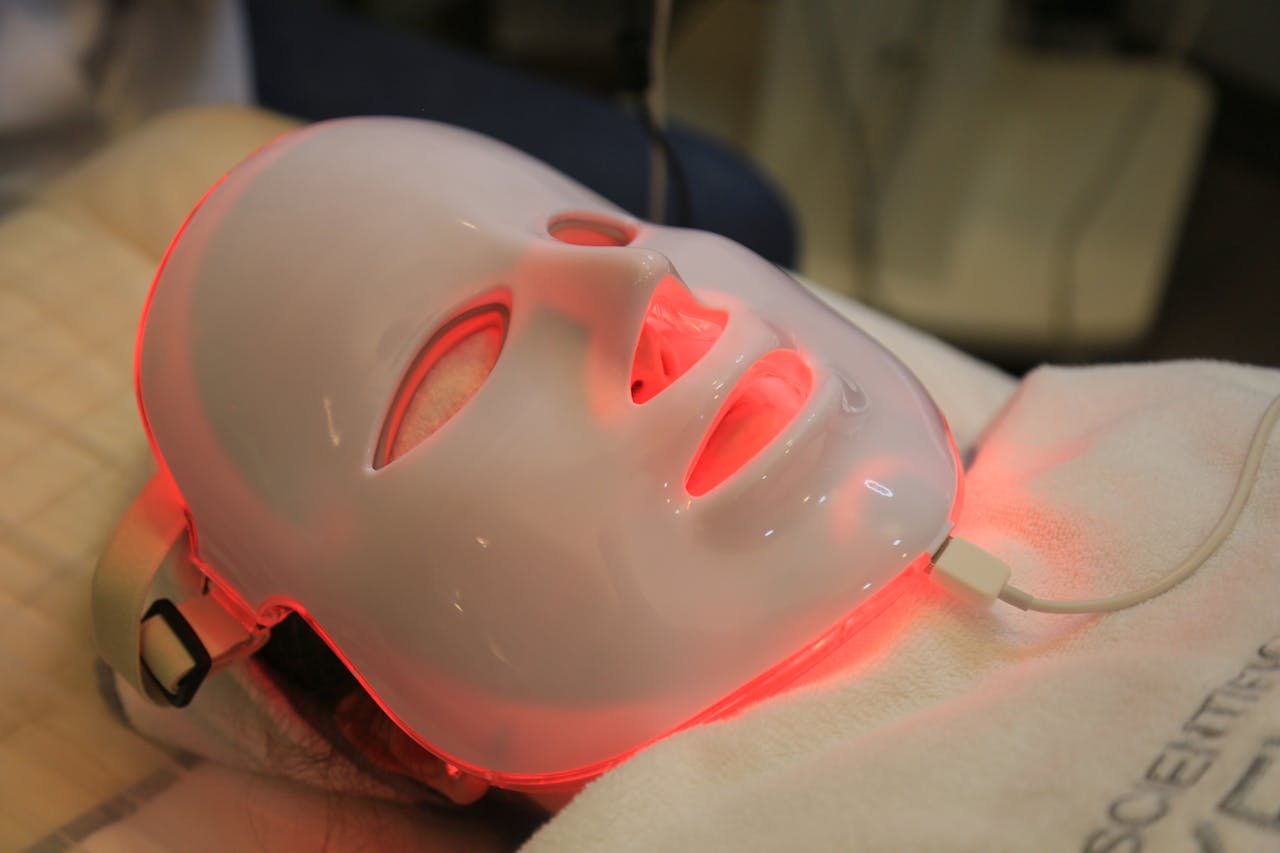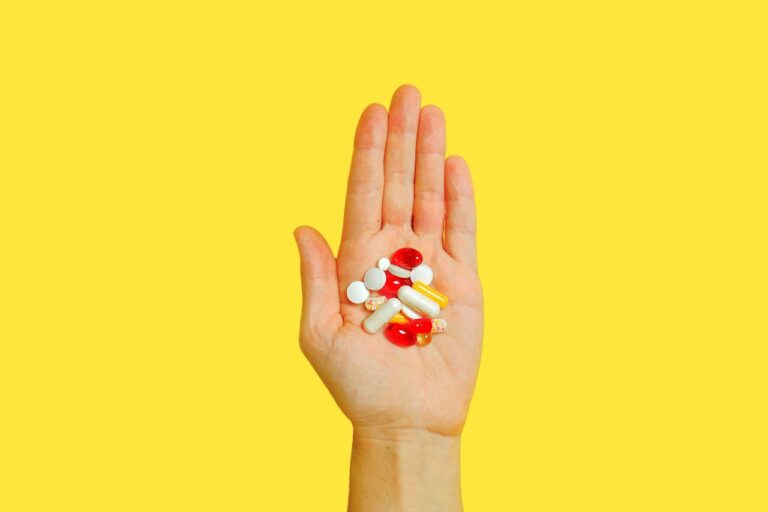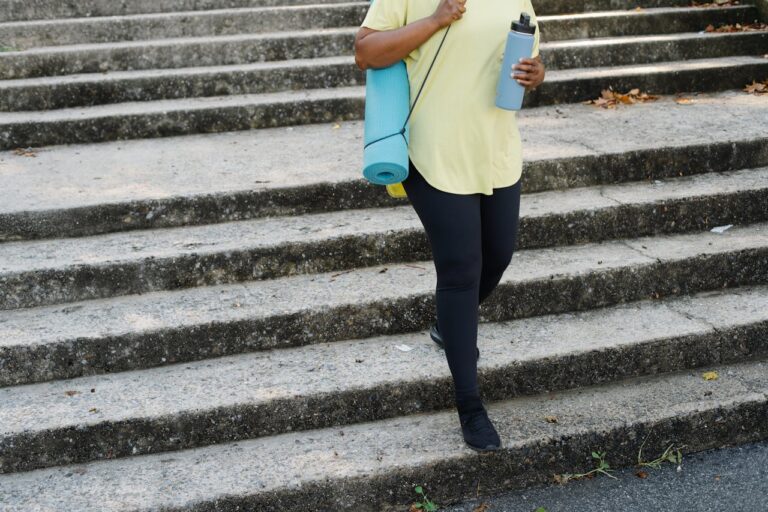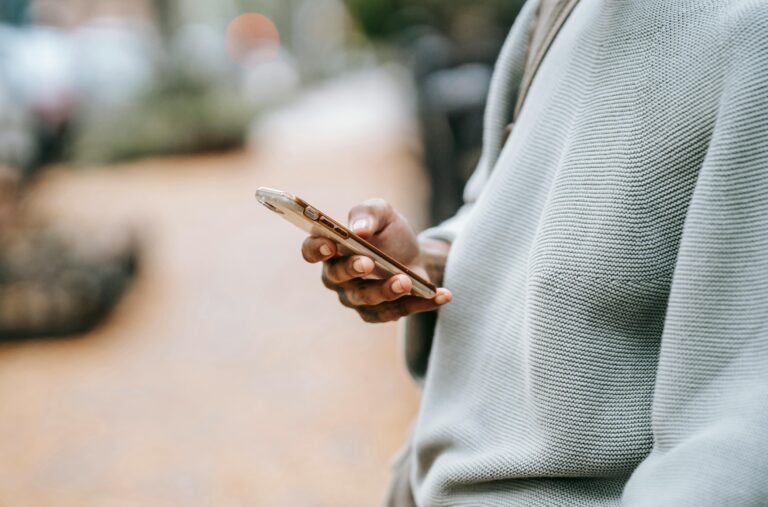Write Us: hello@ali5.org
Why Everyone’s Talking About Red-Light Therapy, And Whether It Works
Red-light therapy is trending for skin, pain, and even mood. But does it really work, or is it just hype? Learn the science behind this growing wellness treatment and who it might help.

Let’s be honest: red-light therapy sounds a bit like science fiction at first. You sit under a red glow, do nothing, and supposedly it helps with acne, pain, aging skin, and even hair loss? No creams, no needles, just light?
It’s no surprise that red-light therapy (RLT) has gone from medical clinics to spas, gyms, and TikTok feeds. But let’s get to the heart of it: Is red-light therapy legit, or just another overhyped wellness trend?
Here’s what it is, why it’s everywhere, and what science says about whether it’s worth your time.
First, What Is Red-Light Therapy?
Red-light therapy is exactly what it sounds like: your skin is exposed to low-wavelength red or near-infrared light, typically between 600 to 1000 nanometers. This light reaches deep into your skin, farther than you’d expect for something that doesn’t even feel warm.
The light targets your mitochondria (those energy-producing parts inside your cells) and helps them make more ATP, aka cellular energy. When your cells have more energy, they can repair and regenerate faster. You might also hear it called:
- Low-level laser therapy (LLLT)
- Photobiomodulation (PBM)
- Cold laser therapy
It’s not some new invention either. It’s been studied for decades, but the public interest? That’s newer.
Why Is It Suddenly Everywhere?
Red-light therapy is popular for a few simple reasons:
1. It’s painless and non-invasive
No downtime. No pills. No needles. Just light. It’s a pretty easy “yes” for people who want results without the side effects or recovery.
2. Home devices are everywhere now
Ten years ago, this tech was only in clinics. Now you can buy a red-light face mask or full-body panel online. Prices range from affordable to “I could’ve bought a couch,” but they’re more accessible than ever.
3. It’s being used in lots of different fields
You’ll find red-light therapy in dermatology offices, sports recovery centers, dental clinics, and even mental health research labs. That kind of range gets people curious.
What It’s Proven to Help With
Not everything that’s marketed is backed by hard evidence, but some benefits are real and well-studied. Here’s where the science is strongest:
-
Skin Health & Anti-Aging
Want smoother skin? Fewer fine lines? Red light can help with that. It’s been shown to:
- Boost collagen production
- Improve skin texture and firmness.
- Speed up healing from acne, scars, and sun damage.
If you’re consistent (think 3–5 sessions per week), you’ll likely start seeing changes after a few weeks. The sweet spot for skin effects? Wavelengths between 630–670 nm.
-
Wound Healing
Red-light therapy doesn’t just make skin look better; it helps skin heal faster, too. It’s used in hospitals for things like:
- Diabetic ulcers
- Surgical incisions
- Pressure sores
It works by improving blood flow, reducing inflammation, and speeding up tissue repair. Not magic. Just biology, sped up.
-
Joint and Muscle Pain
This is where red-light therapy shines, literally and figuratively. Studies show it can:
- Reduce inflammation
- Boost circulation
- Help relieve arthritis, back pain, and muscle soreness.
If you’ve got stiff joints or are recovering from an injury, it might make a difference. It’s especially useful for athletes and people dealing with chronic pain.
Where It Might Help
Some uses are promising, but not quite conclusive yet.
-
Hair Loss
There’s decent early evidence that red light can stimulate hair follicles, especially in the early stages of male or female pattern baldness. You might get thicker, denser hair with regular use.
But the catch? Results vary. It won’t work for everyone, and you need to use it consistently for months to know if it’s helping.
-
Mental Health and Sleep
Some small studies suggest red light can help regulate melatonin, improve sleep, and possibly reduce symptoms of depression and anxiety, especially when used in the evening.
That said, we’re still early in the research. Promising? Yes. Proven? Not yet.
And Where It’s Mostly Hype
Let’s keep it real. There are some things red-light therapy just doesn’t do, no matter what influencers or marketing claims suggest.
- Fat loss? No. You’re not “melting fat” by lying under a red light.
- Cellulite reduction? Maybe a slight temporary effect from reduced inflammation or puffiness, but nothing long-term.
- Curing diseases? Nope. Red light can support healing, not replace medical treatment.
Is It Safe?
Yes, as long as you use it correctly. It’s one of the safer therapies out there.
Possible side effects (usually mild):
- Skin irritation (if you overdo it)
- Eye discomfort (always wear protection!)
- Sensitivity for people on certain medications or with specific health conditions
If you’re pregnant, have photosensitive skin, or are dealing with active skin cancer, talk to your doctor before starting.
How to Use It the Right Way
If you want results, consistency is key. Here’s how to get started smartly:
- Pick the right wavelength:
- 630–670 nm for surface-level skin benefits
- 800–880 nm for muscle, joint, or deep-tissue use
- 630–670 nm for surface-level skin benefits
- Stick to a routine: Aim for 3–5 sessions per week for at least 4–6 weeks.
- Don’t overdo it: More time doesn’t equal more benefit. Sessions should last 5 to 20 minutes, depending on the device.
Bottom Line
Red-light therapy isn’t a cure-all, but it’s not a gimmick either.
- If you’re hoping to smooth your skin, speed up recovery, or ease chronic pain, there’s good science behind it.
- If you’re hoping it’ll fix your sleep, grow your hair back, or lift your mood? There’s potential, but be patient.
- If you think it’s going to help you lose weight or skip the gym? You’re wasting your money.
Used the right way, red-light therapy can be a simple, low-effort tool to support real, measurable health improvements.







